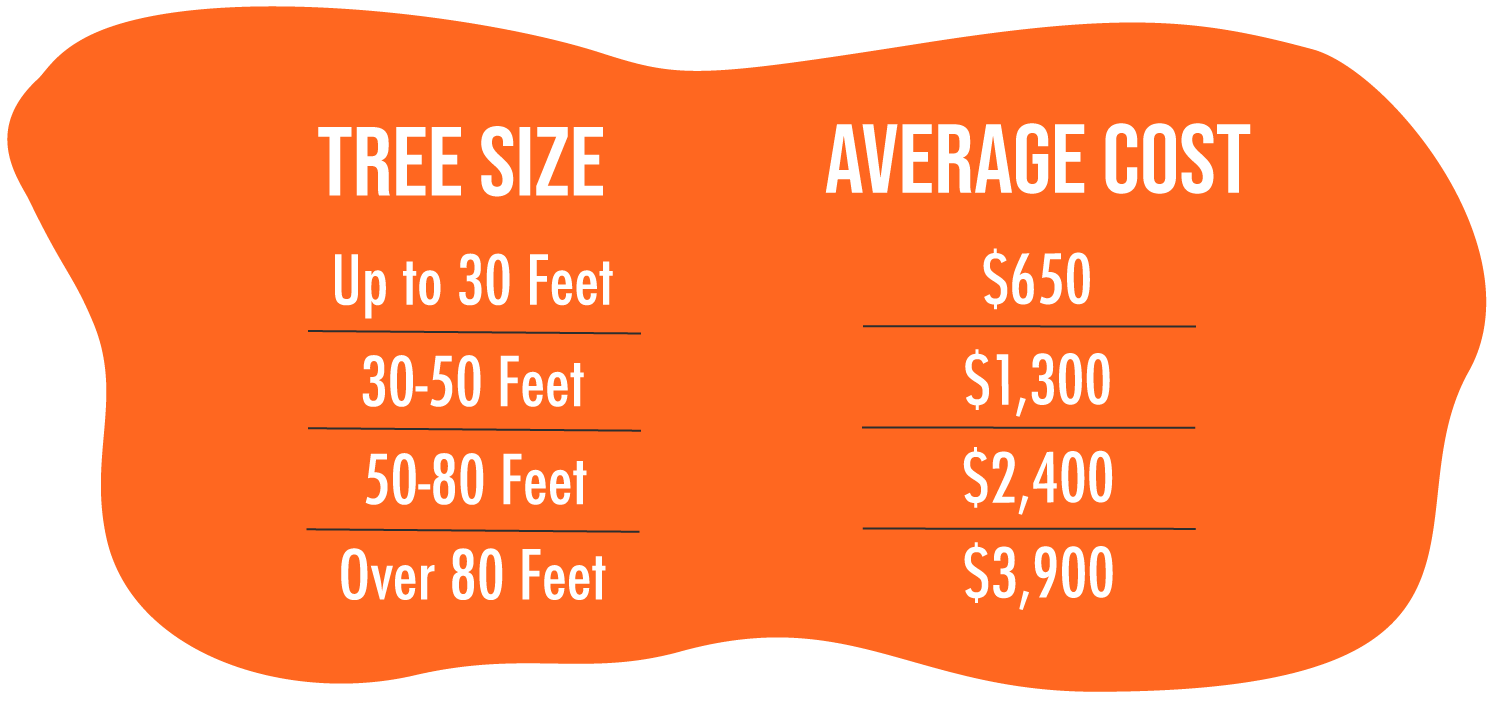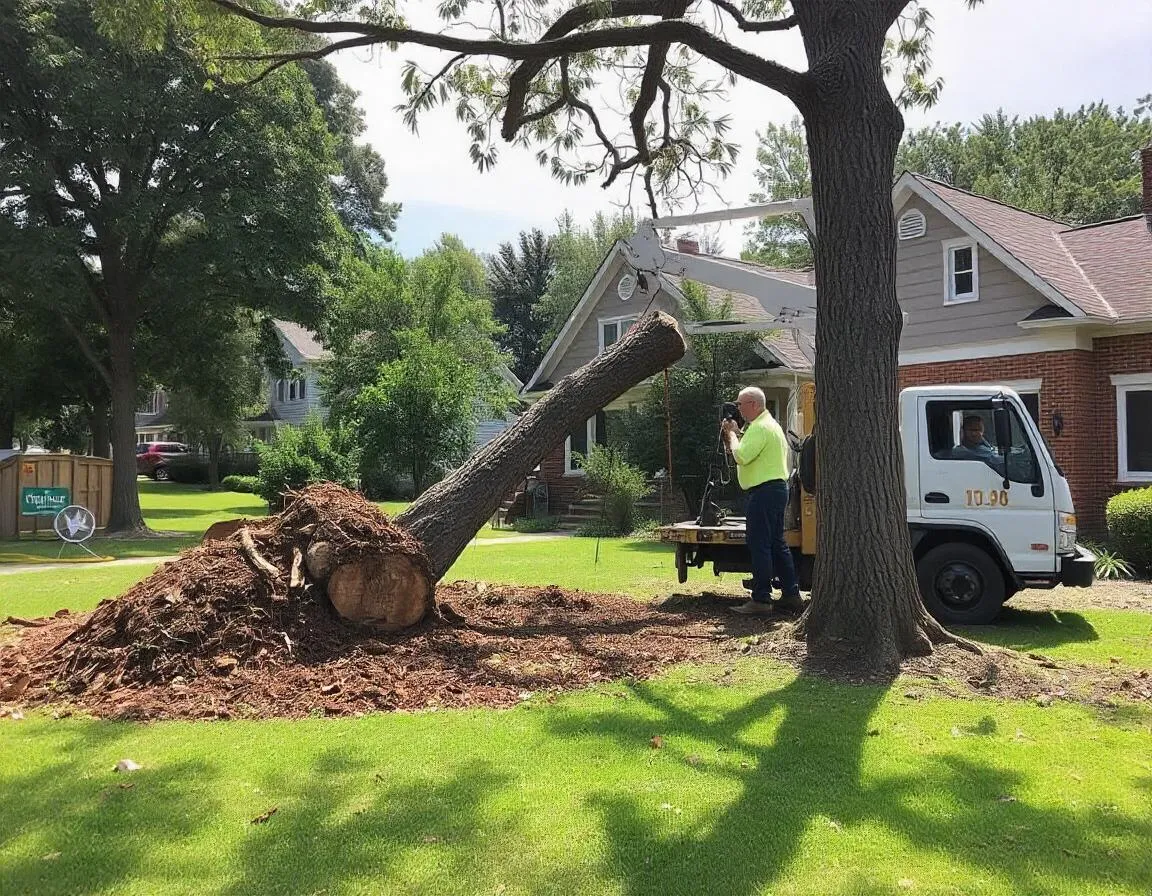Featured
Table of Contents
- – Fort Smith, AR Stump Grinding Installation Fees
- – Most Competitive Arborist Prices In Fort Smith...
- – Fort Smith, AR Tree Cutting Ratings And Prices
- – Fort Smith, AR Tree Trimming Cost Guide 2025
- – How Much Will A Tree Service Cost Me In Fort ...
- – Fort Smith, AR Stump Grinding Shipping Costs
- – Budget Tree Trimming In Fort Smith, AR
- – Total Arborist Costs In Fort Smith, AR
- – Fort Smith, AR Tree Removal: Actual Costs
- – Fort Smith, AR Tree Removal Success Stories:...
- – Liability Costs For Stump Grinding In Fort S...
- – Fort Smith, AR Stump Removal Ratings And Pri...
- – Fort Smith, AR Tree Service Pricing Trends
- – How To Avoid Overpaying For An Tree Clearing...
- – Complex Tree Cutting Costs In Fort Smith, AR

The subsections listed below provide more in-depth information about rates, consisting of an average range for each. TypeAverage Elimination CostPineConiferPalmMagnoliaArborvitaeAshCedarSweet GumEucalyptusSycamoreCypressOakMaplePoplar You can anticipate to pay in between to get rid of a pine, depending upon its size. Getting rid of a pine is one of the more affordable tasks unless it is one that has been around for many years and is quite big.
Fort Smith, AR Stump Grinding Installation Fees
Pines likewise have a tap root that grows deep into the soil, which can prove to be more difficult to get rid of. The process itself includes a specialist cutting the tree, clearing the base, cutting the surface roots, getting rid of the stump, and lastly treating the soil. Without an expert hand, you run the risk of leaving pine seedlings behind, which will fall from the roots of distressed pines.
Most Competitive Arborist Prices In Fort Smith, AR
The U.S. nationwide average for conifer elimination is approximately to have the conifer reduced, hauled away, and the stump ground or removed completely. Conifers are normally much easier to get rid of, and even though they can grow quite high, they do not cost a fortune to remove. Conifers include pine, spruce, fir, and juniper trees.
Fort Smith, AR Tree Cutting Ratings And Prices
While conifers are gorgeous, they eliminate native plants and certain kinds of lawn. This is due to the fact that they require a great deal of water and nutrients to endure, so they leach it off surrounding plants. They likewise have an extensive network of roots, which can affect your home's structure. The typical price of palm removal depends upon the height as much as the type, ranging from.
Fort Smith, AR Tree Trimming Cost Guide 2025
That is why it is necessary to understand which type you are getting rid of. While you do not need an herbicide to eliminate a palm tree, there are some actions your removal professional will need to take to guarantee the task is done properly. There are 2 ways they can get rid of them: by chopping them down or digging them up.
How Much Will A Tree Service Cost Me In Fort Smith, AR
This is since little animals like rats and scorpions often reside in them. Plus, many types will have spikes, too. From there, they remove the actual tree and after that the stump. Expect to pay between to eliminate this kind of tree, depending upon the specific size and information of the job.
Fort Smith, AR Stump Grinding Shipping Costs
There are three types: green, white, and black ash. White ash is known for its many colors. With its gray-tinged bark, its leaves are green or purple in the spring and golden yellow or purplish-red in the fall. They take pleasure in moderate environments and lots of sun. The green ash is named such due to its green or yellow foliage.
Budget Tree Trimming In Fort Smith, AR

Due to the variation in height, the removal cost variance is large from. A coniferous, evergreen tree, the cedar is a durable species.
Total Arborist Costs In Fort Smith, AR
The growth of incorrect cedars varies from 50 feet up to 230 feet high. House owners may pay anywhere from, depending upon the roots. With star-shaped leaves and spectacular fall colors, the sweet gum is considered a medium to large tree. Delighting in full sun, the sweet gum can not tolerate contamination.
Fort Smith, AR Tree Removal: Actual Costs
Typically, it costs between to remove a eucalyptus. Eucalyptus are not common all over, however they are quite large compared to others, which is why even the smaller sized ones are so expensive to get rid of.
Fort Smith, AR Tree Removal Success Stories: Costs
There are a handful of methods to do this, consisting of burning, pulling, grinding, or eliminating them with herbicide. Expect to pay in between to get rid of sycamores, based upon the height, trunk size, and quantity of work involved. Sycamores are among the biggest wood trees, generally ranging from 60 to 100 feet tall and as large as 15 feet.
Liability Costs For Stump Grinding In Fort Smith, AR
The very first two steps will expose the insides of the tree and cut off the flow of nutrients up the trunk. From there, an expert uses herbicide to eliminate the tree and reduce the trunk. They will eliminate the stump. Otherwise, brand-new sprouts might grow from it. Lowering and eliminating a full-grown cypress could cost as much as.
Fort Smith, AR Stump Removal Ratings And Prices
There are several kinds of Cypress trees, but the most prevalent are the Leyland, Arizona, Bald, and Italian. The Bald Cypress grows in swampy or very damp areas while the others delight in a dry, warm, or hot climate (tree trimming). They can grow as high as 80 to 100 feet tall
Fort Smith, AR Tree Service Pricing Trends

Prone to diseases, the Cypress is among the most valued woods for furniture. The average oak grows to around 60 feet, and depending on the complexity of the removal, it costs approximately to remove. The precise size of your oak and the effort needed to fell it impact what you will in fact spend for elimination in addition to any extra services like stump grinding.
How To Avoid Overpaying For An Tree Clearing In Fort Smith, AR
Access to the trees and the roots will also affect the general expense. Maples can quickly grow up to 100 feet or more and normally cost in between to remove from your home. The last price depends on the real height and intricacy of the task. Maples are usually amongst the more costly trees to get rid of because of their size and the work involved in the removal.
Complex Tree Cutting Costs In Fort Smith, AR
Growing as high as 90 to 115 feet, these enormous lumbers are primarily found in North America and include the aspen, cottonwood, and balsam trees. The process to eliminate trees involves all the trimming and cutting of the branches and trunk, bringing it down to a stump.
Table of Contents
- – Fort Smith, AR Stump Grinding Installation Fees
- – Most Competitive Arborist Prices In Fort Smith...
- – Fort Smith, AR Tree Cutting Ratings And Prices
- – Fort Smith, AR Tree Trimming Cost Guide 2025
- – How Much Will A Tree Service Cost Me In Fort ...
- – Fort Smith, AR Stump Grinding Shipping Costs
- – Budget Tree Trimming In Fort Smith, AR
- – Total Arborist Costs In Fort Smith, AR
- – Fort Smith, AR Tree Removal: Actual Costs
- – Fort Smith, AR Tree Removal Success Stories:...
- – Liability Costs For Stump Grinding In Fort S...
- – Fort Smith, AR Stump Removal Ratings And Pri...
- – Fort Smith, AR Tree Service Pricing Trends
- – How To Avoid Overpaying For An Tree Clearing...
- – Complex Tree Cutting Costs In Fort Smith, AR
Latest Posts
How Much Does It Cost To Book An Tree Cutting In Capitola, CA
Extra Stump Removal Costs In Moreno Valley, CA: What To Watch For
Avon Park, FL Tree Trimming: Real Cost Breakdown
More
Latest Posts
How Much Does It Cost To Book An Tree Cutting In Capitola, CA
Extra Stump Removal Costs In Moreno Valley, CA: What To Watch For
Avon Park, FL Tree Trimming: Real Cost Breakdown